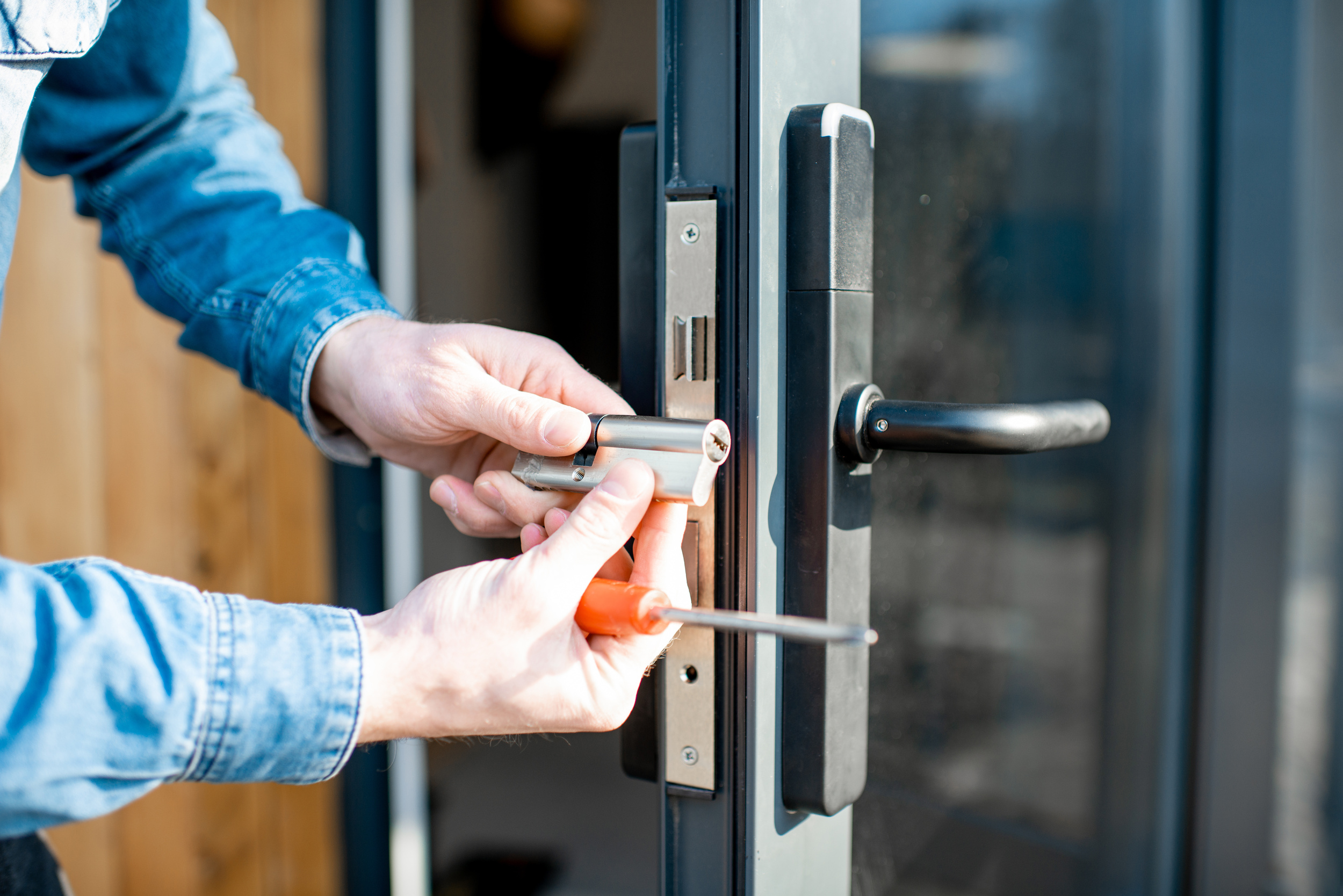Siding protects your home from the elements, but when it begins to show signs of wear, replacing it is necessary to prolong the life span of your building. New siding lasts for decades if maintained. The quality of installation and how often you clean it will affect how long it stays new-looking.
Dry Rot
To avoid having to replace your home’s siding, check it regularly for signs of dry rot. The fungus that causes dry rot begins at the surface of the wood and works its way in, so if you don’t catch it soon enough, you’ll have a much bigger problem on your hands. If you hear a hollow sound when gently tapping on different sections of your siding, get in touch with an experienced professional to investigate further.
Increased bills
It may be that your electricity bill has increased because of a need for roof repairs, insulation replacement or siding replacement. If you can rule out those possibilities, however, and you notice gaps or warping in the seams of your home’s siding, it might be time to call in a pro.
Visible holes in the siding
If you live in an area that experiences high winds or aggressive seasonal weather, you may have noticed that your siding has been damaged. Don’t worry! In some areas, it’s not unusual for power to go out during a storm. If you spot any cracks or loose panels on your siding, call a professional. Letting issues with your siding go will only cause them to worsen and lead to more expensive repairs down the road.
Black mold
If you see black mold or fungus growing on the exterior of your home, it could mean one of two things. If you notice that mildew or mold is growing along the seams of your siding, it may be affecting the structural integrity of your home. You should call a professional to inspect and treat any affected areas. The presence of mold or mildew indicates water damage to the siding, which could be a serious problem; if you notice any water damage to your siding, contact an expert immediately.

